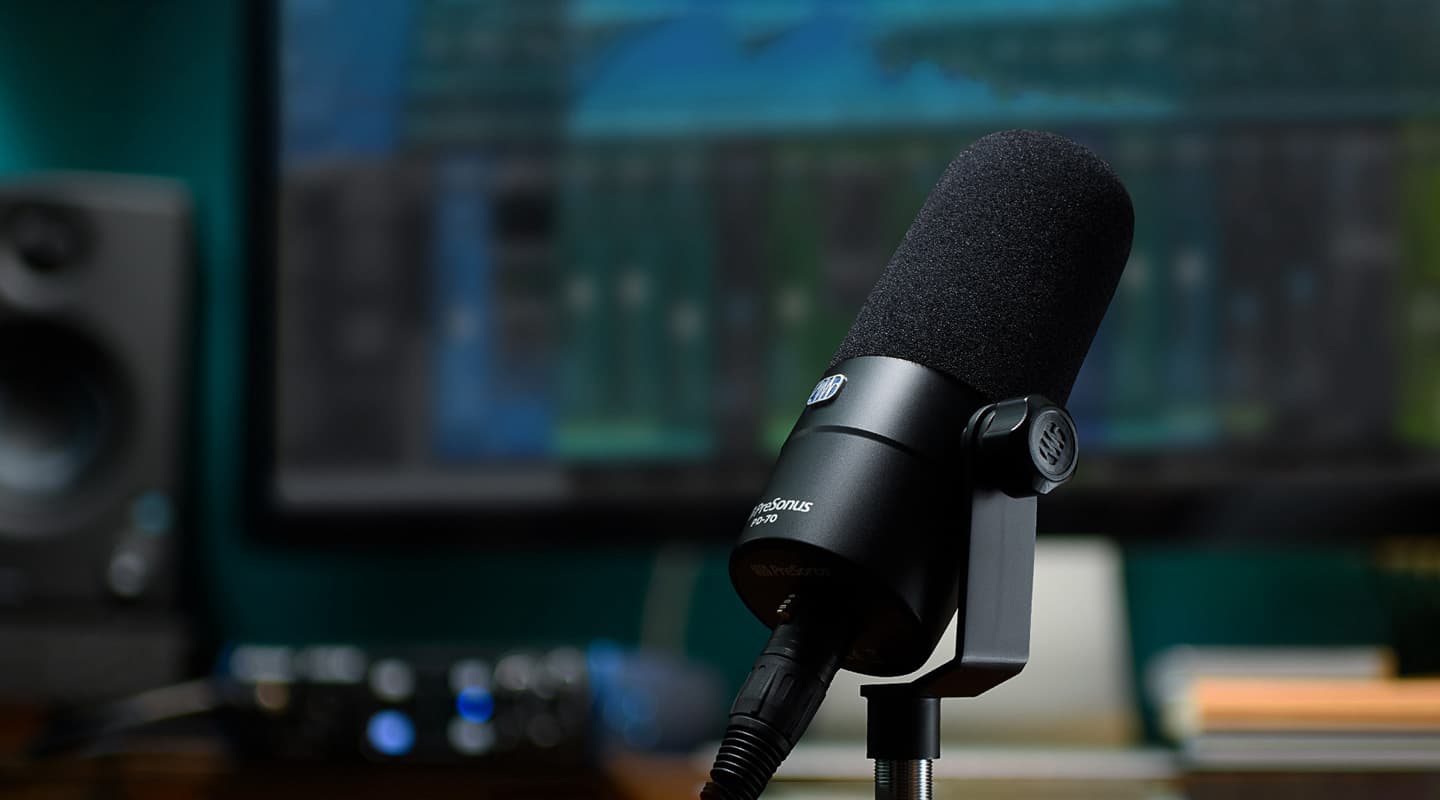
Review: PreSonus PD-70 Podcasting
PreSonus weighs in with a heavyweight podcasting microphone.
Podcasts are all the rage at the moment. Naturally it follows that podcasting mics would flood the market, and they sure have.
The PreSonus PD-70 is one of the more recent additions. It doesn’t have the bells and whistles many of its counterparts possess – no USB connection, headphone output, LED lights, desk stand, or built-in effects. It’s an unassuming end-address dynamic microphone with a simple XLR output on the back.
Visual parallels with the Shure SM7B are obvious. The PD-70’s one-sided yoke mount resembles an SM7B mount that’s chopped in half. Given the mic’s considerable weight, I’m surprised PreSonus didn’t opt for the extra reassurance of a two-point yoke. Yes, the PD-70 is built like a tank and nearly weighs as much. Only a PreSonus logo adorns the exterior. A HPF may have been a handy inclusion, or even a mid boost option like the SM7B.
KEEP IT REAL
To properly review a down-the-line, no-frills product like the PD-70, one must ask: what are the non-negotiable features of a podcasting microphone?
Natural reproduction of a voice tops the list, of course; and by ‘natural’, most people would mean a neutral and un-hyped tone without a shrill and airy treble range which is characteristic of many budget condensers. Broadcast mics tend to understate the highs and subtly lift the lows, which ends up quite pleasing to the ear and makes a voice more listenable for long periods of time.
On that point, I am thoroughly impressed with the ‘out of the box’ sound of the PD-70. Everything about the tone is right on target for pulling a clean, warm, intelligible and pleasing spoken word recording. Treble frequencies are creamy and the mids gently add presence to a voice, while the smooth low end has an inviting warmth to it. Compared to a Shure MV7 (which AT recently reviewed here) the PD-70’s low end is tighter and less bloomy, with a touch more honk in the mids. This adds a tightness to deep and rich male and female voices, but it can make a thin and piercing voice more strident.
VOCAL TICKS
Next, a good podcasting mic should manage sibilance and plosives well. Piercing ‘s’ sounds are painful to listen to at the best of times and especially irritating over a long podcast. A good mic won’t inherently accentuate those frequencies between 5-8kHz. Dynamic mics are less sensitive than condensers and thus do a better job presenting sibilance more naturally than condensers. You may find the PD-70 mildly pronounces the harsh ‘s’ sounds if your speaker is naturally quite sibilant – unfortunately that’s the tradeoff when a mic’s frequency response features a high-mid boost — nothing that can’t be tamed with a touch of de-essing, though.
Plosive management is more of a structural affair and is a combination of the design of the pop shield and its distance from the mic capsule. The Shure SM7B is the gold standard example, as its multi-layered pop shield places a fair distance between the presenter’s mouth and the capsule, virtually eliminating all plosives. PreSonus has taken a similar design route with the PD-70. Up against the Shure MV7 which lets plosives through way too easily, the PD-70 does a terrific job virtually eliminating them altogether. A big tick in that box.
NEED TO KNOW
PreSonus PD-70 Podcasting
Dynamic Microphone
ROOM REJECTION
Finally, a good podcast mic needs to have the right pickup pattern. Off-axis noise is rejected to minimise spill from co-hosts talking nearby. A tight cardioid pickup also allows a podcaster to get away with a poor-sounding space as a highly directional polar pattern will ignore room reflections. The PD-70 performs exceptionally well here. I made a few recordings in a small, square, untreated bedroom – normally a recipe for creating a train-wreck vocal sound – yet the PD-70 locked focus on my voice so tightly you’d think I was in a studio.
The PD-70 also performs commendably on the self-noise front. Even after pushing it through heavy compression, the noise floor remained usably low. It takes EQ well also. A little bump around 100Hz brought out a satisfying radio voice warmth while a 2dB boost around 10kHz opened up the highs beautifully. That’s not to say corrective EQ is necessary with the PD-70. Not once did I feel like I needed EQ surgery to get a voice sounding ‘the business’. Rather, you can easily allow an already excellent tone to flourish with a tasteful tweak here and there.
For a street price of only A$250, I’m confident the PreSonus PD-70 will meet all the core needs of a podcaster. Provided you’re not after a one-cable USB mic affair bundled with a headphone output and built-in effects (PreSonus has the Revelator for that), the PD-70 will give you a crisp and professional vocal sound that won’t leave you dissatisfied. It’s the perfect companion for all-in-one podcast studios like the Rodecaster Pro or Zoom PodTrak, or a DAW setup with an audio interface.



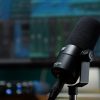
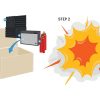
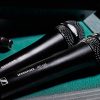




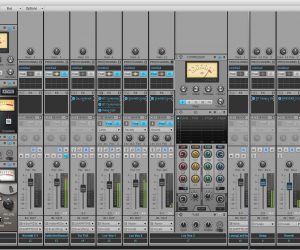
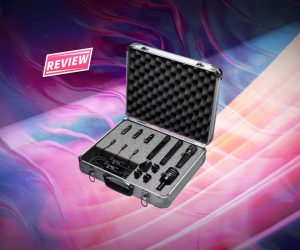
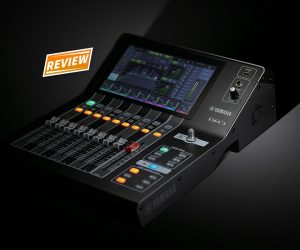






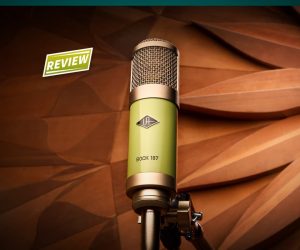

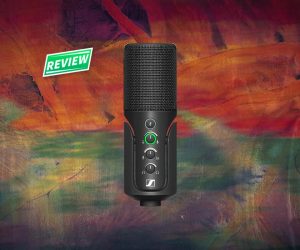


RESPONSES